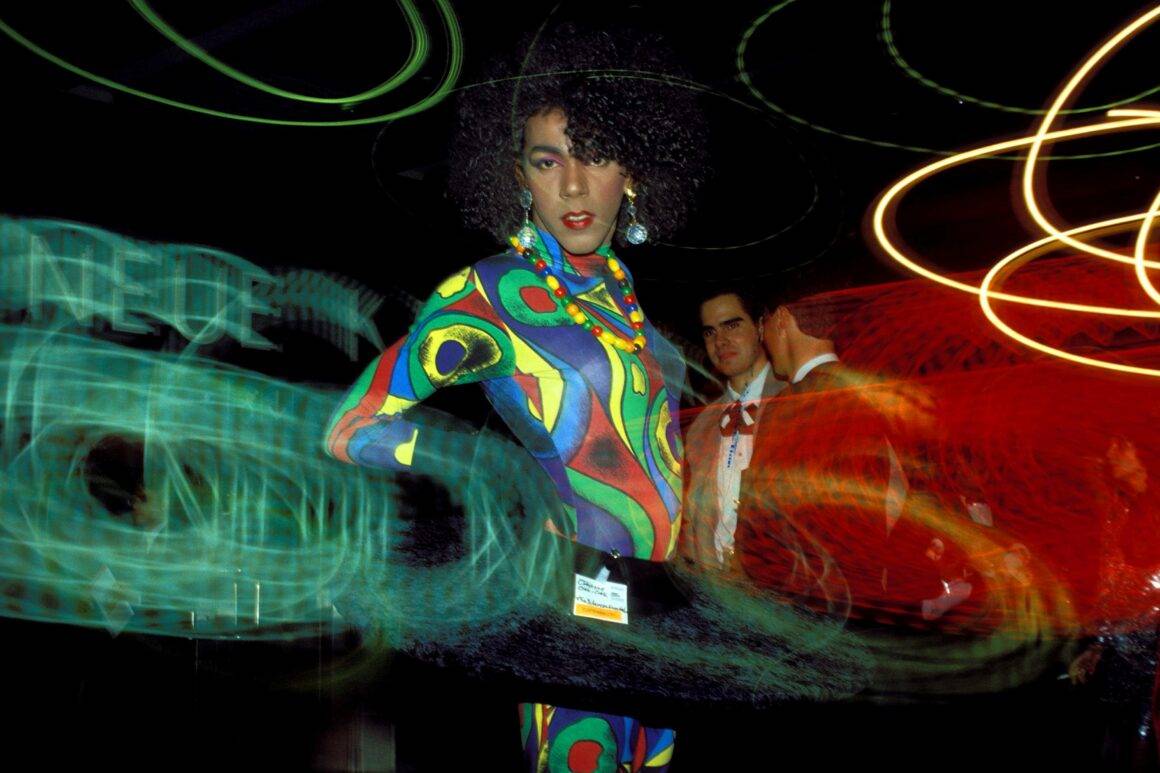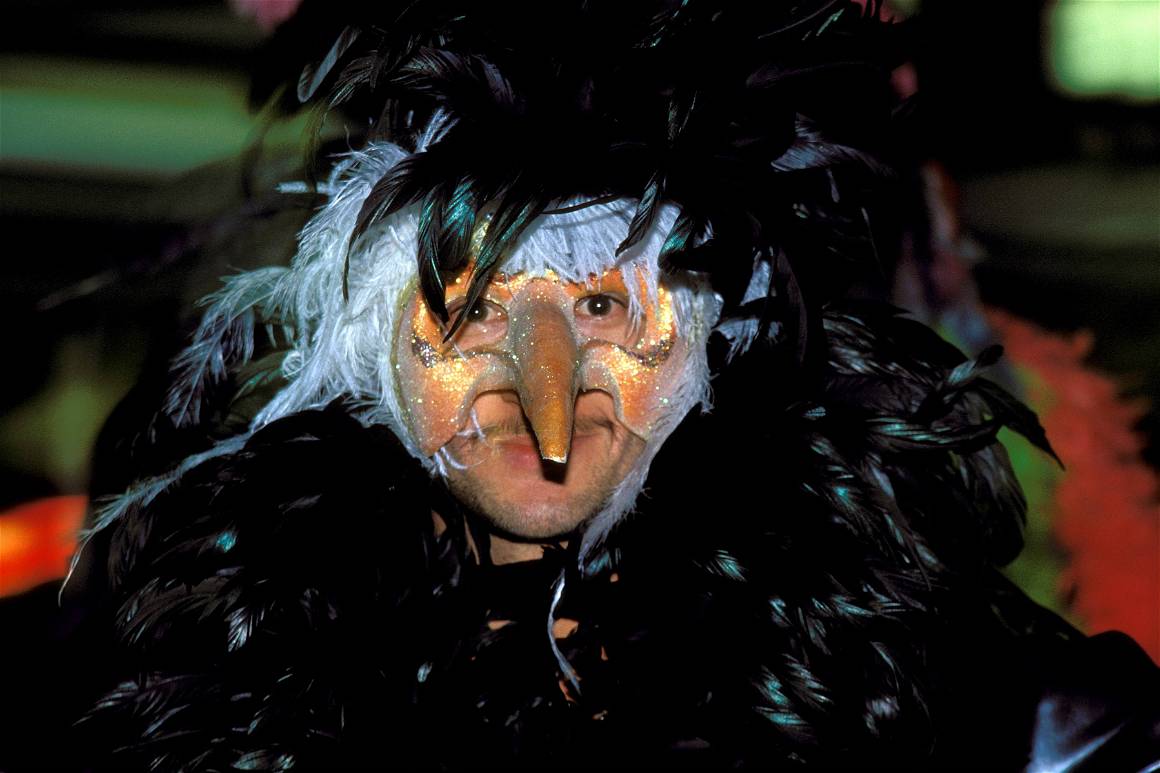Dieter Matthes photographed some of the final moments of an iconic queer tradition in Berlin. For Pride Month, IMAGO spoke to him about his portraits that lend an outsider’s perspective into the lively and historic Tuntenball drag ball in the early 1990’s.

90’s Tuntenball – Berlin’s Legendary Drag Ball, Photos by Dieter Matthes
West Berlin-native and IMAGO photographer Diether Matthes is one to venture outside of his comfort zone. Between 1990 and 1993, he decided to photograph Berlin’s Tuntenball – a historic drag ball with thousands in attendance, dawning an explosion of color, glitter and liberation. For Matthes, who does not identify as queer and was mostly a black and white street photographer, this was uncharted territory that needed venturing.
“Exhibitionism and voyeurism perfectly complemented each other. And for a photographer being amidst so many fascinating faces, so many different types of people in such a dense space, it was perfect,” he said in an interview with IMAGO.


The Tuntenball was the event of the year for many Berliners in the queer community, even when the everyday realities were not always so glamorous and colorful. The ripples of the Cold War and the AIDS-Pandemic could still be felt, and the socioeconomic and political climate was fragile for many – the Tuntenball was a chance to unleash.
Matthes documented some of the last moments of the Tuntenball before it was halted in the mid-90’s for financial reasons. A come-back was scheduled for April, 2020 but postponed due to Covid-19 and the 2023 Tuntenball is set to take place in Graz, Austria on the 25th of February.
From the 1900’s, spanning into Berlin’s roaring 20’s, referred to as the golden years, was a booming time for events like the Tuntenball. They returned in full-bloom after the war in the 1970’s and remained to be one of the city’s most high-profile cultural events. Held in the ICC (International Congress Center), a place Matthes described as the “archetype of a metropolis and its grandeur,” the cat-walk flavor iconic to drag culture was especially heightened. Having experimented with themes of identity and masking through portrait photography in the past, he was drawn to how this could be manifested through drag performance.

“Someone who knowingly puts a layer over their natural face, however it comes about, and does not want to reveal their identity, or wants to alter their identity, or play a different identity, makes for a very fascinating subject for a photographer,” he said in a podcast with Drifter – a Berlin city-initiative.
Everyone wanted to pose and to be photographed, said Matthes. With applause from all corners, lust, art, wigs, jewels, fishnet, high-heels, immaculate costumes, dancers and performers oozing out of every crevice, Matthes used long exposure and flash to capture the ubiquitous colorful light trails overlaying the sharp, evocative portraits.
“A foreign world revealed itself in a concentrated way, that was simply fascinating because it was so foreign,” he said. “I am not a drag queen and consider myself heterosexual, but my more feminine side was awakened and had been shaped by this vibrant atmosphere I was confronted with. It was highly exhilarating,” emphasized Matthes.


This was indeed outside of his comfort zone, but he was by no means uncomfortable, rather, inspired. He has photographed cities around the world from St. Petersburg and New York City to Havana and Montevideo, so bringing his camera into a foreign place was nothing new to him. This time however, the colors and personalities that became his subjects, offered a glimpse into a subculture which defines Berlin’s history as a queer-capital. It was a challenge to the status quo, allowing Matthes to reflect on his own perceptions of identity within art.
His work has been featured in publications worldwide, including Olympus Magazine, Brennpunkt, Stern, ZEIT-Magazine, GEO-Magazine, Focus, Forbes and has received numerous awards. Matthes has been dedicated to photography since 1989, a time when Germany was entering a massive transition with the fall of the Berlin Wall. The German History Museum bought his photos of GDR post-war landscapes, but he has mostly focused on street photography abroad.
A sort of jack-of-all-trades, he also worked as an actor for almost 20 years and having studied medicine, is a practicing doctor. He now continues his double-life of doctor and photographer running a practice in Neukölln (southeast Berlin), with a camera still in his back pocket. Some of his black and white street photography was recently featured in a group exhibition called Faces of Life at Galerie Feinart Berlin.
The Tuntenball portraits effectively stand out from the rest of his work. As he told IMAGO, “The different identities that obviously lie within all people, which are then reinforced by this enormously elaborate costuming masquerade and make up, was especially interesting for me…they are simply beautiful.”













